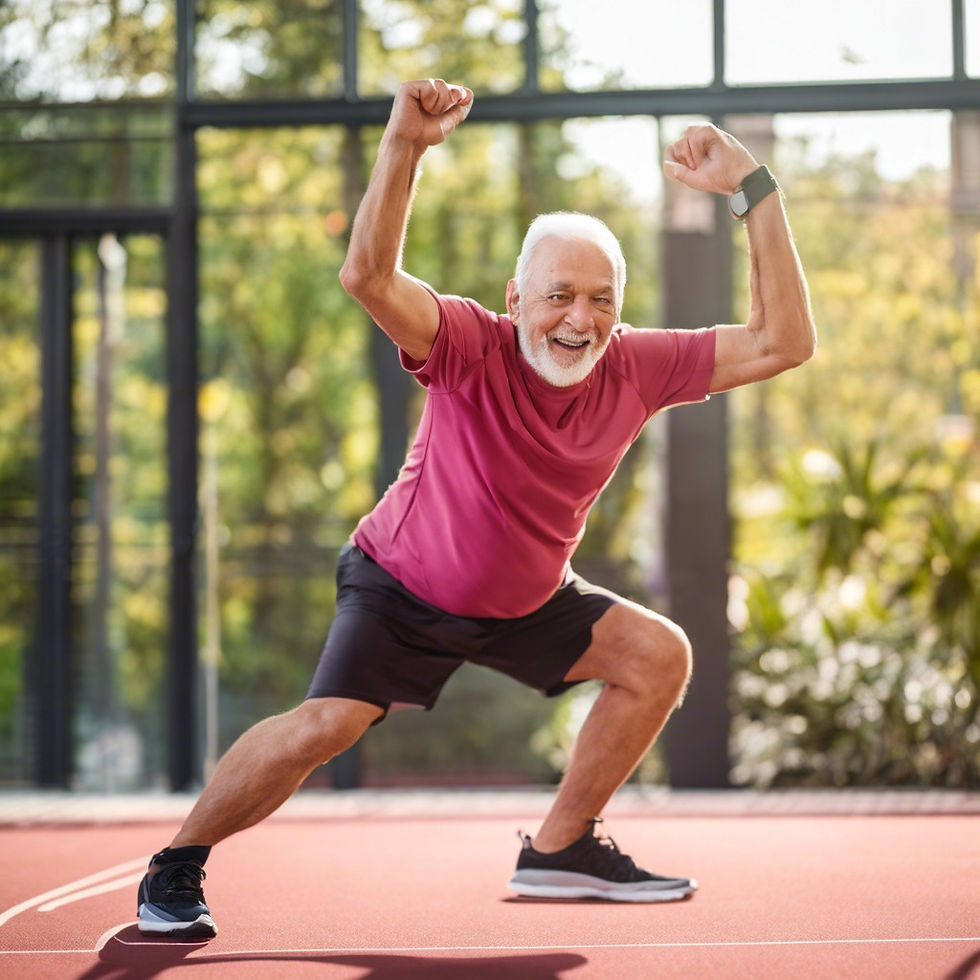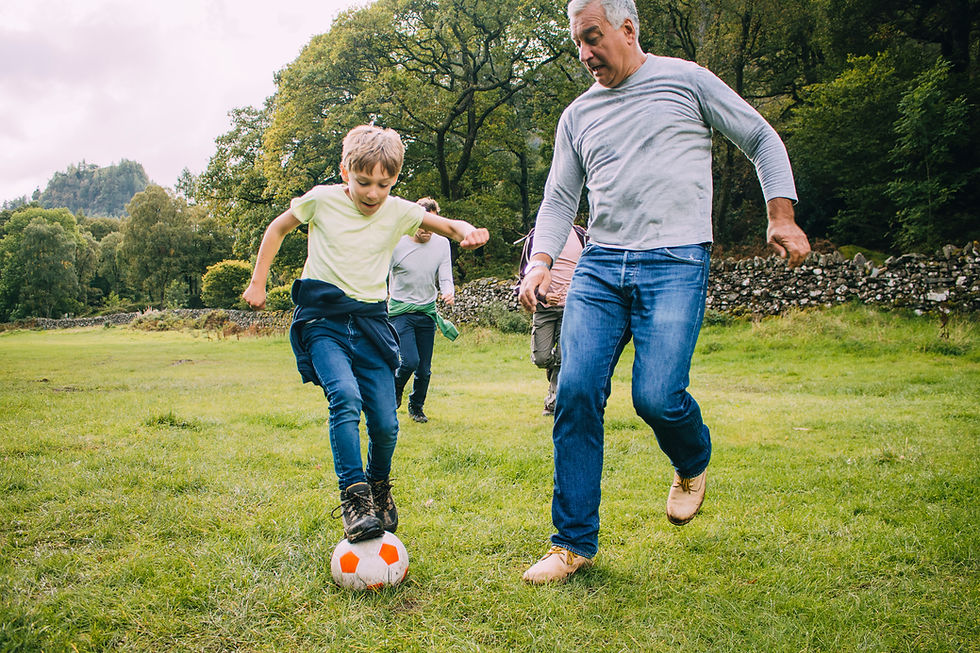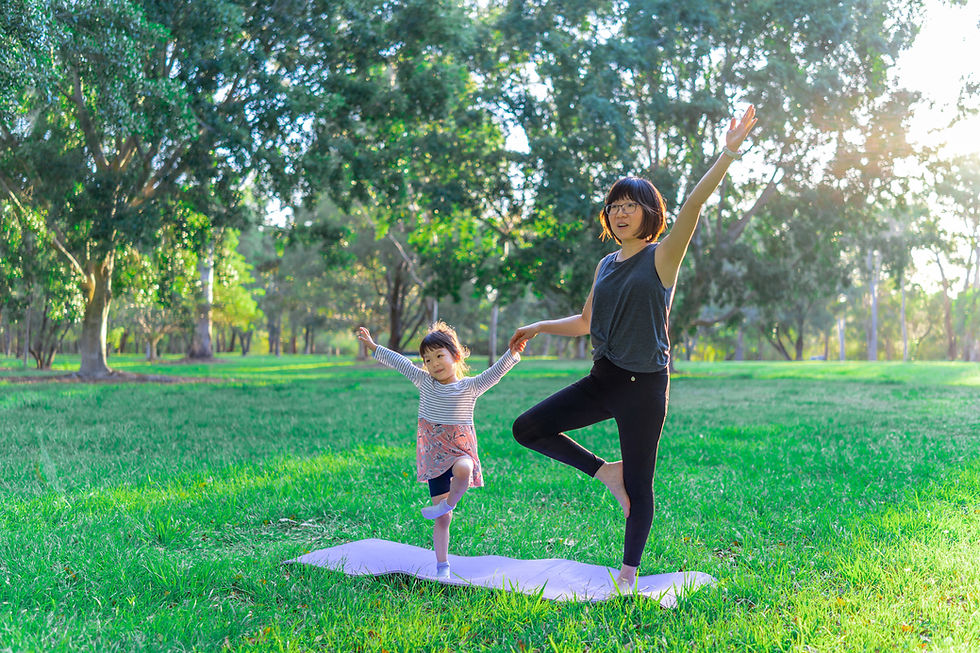2 expert strategies to improve walking
- Ashley Stanley
- Jun 8, 2022
- 2 min read
Walking, or gait training, as physical therapists call it, is the most common reasons folks seek out or participate in neurologic physical therapy. When I was 13 years old, I lost the ability to walk due to Guillain-Barre Syndrome and regained the ability through natural recovery and hard work. When you ask a patient their goal in neurologic rehab, the most frequent answer is "walk."

Every case is unique. "It depends" as we say in the field. But here are 2 evidenced based means to improve walking. This applies for most neurologic disorders. Some disorders have associated fatigue and overuse (such as multiple sclerosis or amyotrophic lateral sclerosis) and these strategies do not apply.
Do it
Practice walking. Get started. You must practice the activity you want to get better at. Trying to learn a new skill requires you start it. Sign up for the personal trainer, start physical therapy, ask your friend to be your walking partner, or take some laps around your house. If you must left inpatient rehab, keep walking at home. We call this task-specific practice. Without practice of actual walking, walking won't get better. Lifting weights and working on your balance? Not going to improve walking this way. Actual walking. That is how you improve walking.
Do it a lot
Before whatever it is that affected your walking came along, you walked all the time. You may not have walked 15,000 steps per day but you walked every few minutes. Every day. This is the kind of practice you need at home or outside. Walk every hour. Or for a few hours every day. If you can't walk for that long, start to build your tolerance and endurance and work up to it. It will takes hours and thousands to millions of steps to improve walking. Before you had trouble walking, did you take days off walking? No. The same applies. The frequency and duration will create intensity. Intensity is required for walking to improve.
The newest evidence calls for this walking practice to be aerobic, not just steps or duration. In 2020, Horby et al published the Clinical Practice Guideline to Improve Locomotor Function. The strongest evidence for improving walking after a stroke, a spinal cord injury, or a traumatic brain injury was for walking practice to occur at 60-80% of an aerobic threshold.
Every session my goal is to make the client sweat. If you aren't sweating, I didn't succeed. Yet, sometimes people give 100% effort and still do not break a sweat. Every situation is different. The goal is to get your heart pumping because this leads to the biggest and fastest improvements in walking, but there are many skilled considerations a physical therapist assesses to get to the goal. In practice, not everyone is safe or able to achieve an aerobic threshold. We aim for this because the evidence tells us to, but we also have to factor the specific person and their values and their abilities.
I stand firmly by the 2 simple expert principles: do it and do it a lot.
Ashley Stanley PT, DPT
.png)





Comments